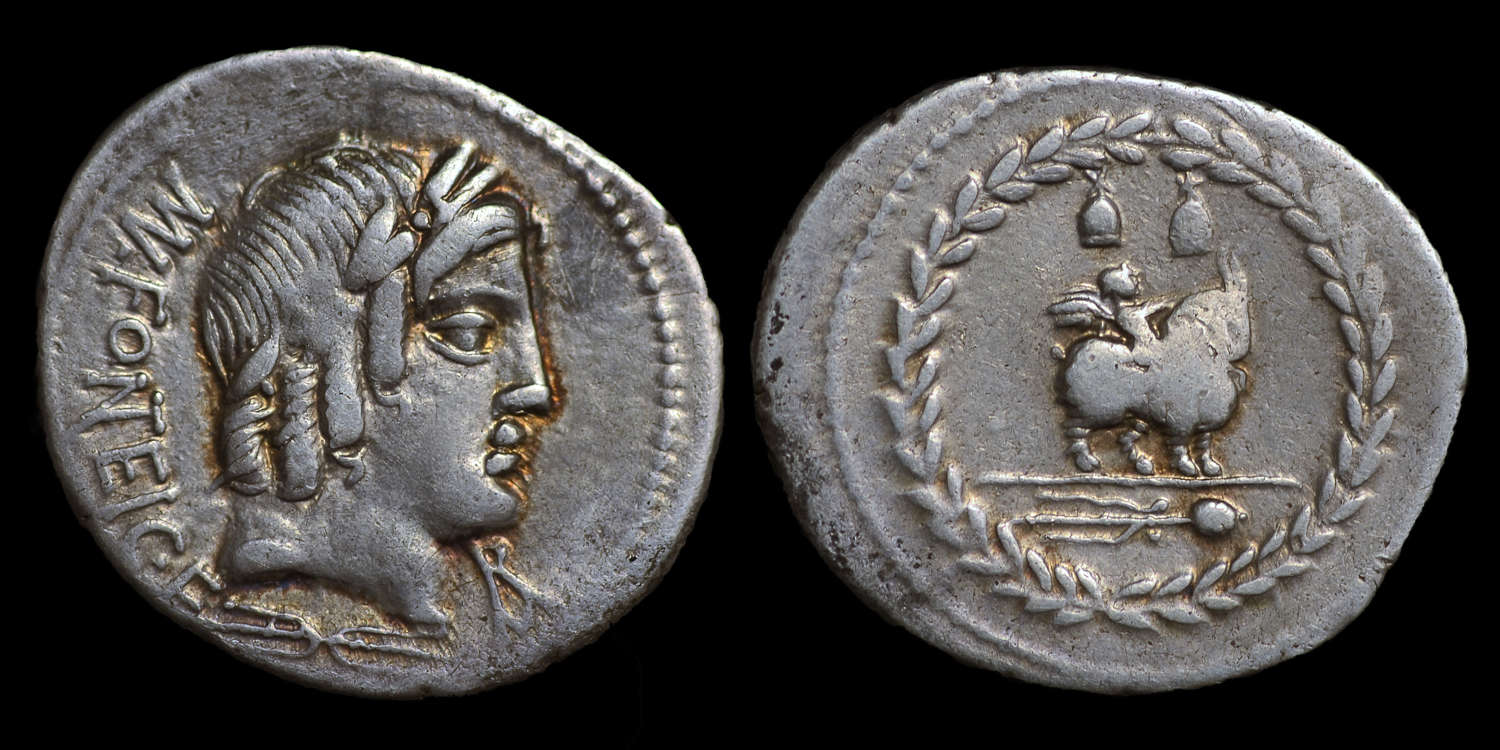

The result of the decreased use of silver in minting coins was that hardly any quantity of silver used in the coins. The coins issued during this period had inscriptions and imagery on them which symbolized an idea or meaning.īy the mid 3rd century the denarius was replaced by double denarius and the purity and the weight of the denarius gradually started diminishing. During the ancient Roman period, the issuance of smaller denomination coins was given importance. The value of the issued coin was higher than the metal used for minting the coin. The Senate issued bronze coins and these coins had ‘SC’ marked on them, indicating the authority of the Senate to mint coins. But, it was, in fact, the Imperial Government which actually issued the gold and silver coins. The emperor and the Senate were the legal authority to issue coins during the ancient Roman times. Other minting cities within the Roman Empire were permitted to mint bronze coins. In the early Roman Empire period, Rome was the only city that was authorized to issue silver coins.

The antoninianus coins were also known as double denarius. The denarius coin gradually debased and was eventually substituted by antoninianus. It was a small coin first introduced in 211 BC and was minted on a large scale. The denarius was the main silver coin of Rome and was very commonly produced. The coins minted during the ancient Roman period were of inherent value. Ancient Roman Currencyĭuring the Roman Empire period, aureus were gold coins, denarius the silver, sestertius, and dupondius were the bronze coins. These coins were used as currency approximately from 3rd century BC to 3rd century AD. The coins were minted using different metals like gold, silver, copper, and bronze.

During the Roman period, the Roman Currency was in the form of coins.


 0 kommentar(er)
0 kommentar(er)
